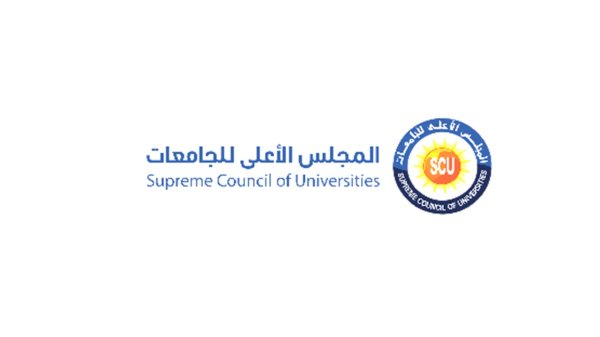Potential applications of Aggregation Induced Emission active heterocyclic compounds
- Read more about Potential applications of Aggregation Induced Emission active heterocyclic compounds
Heterocyclic compounds are used as a basic structural tool in medicinal chemistry
and are very essential in our daily life. A wide range of heterocyclic compounds
were reported to show in the literature with interesting biological and
pharmacological properties. In their profound study on a series of several heterocyclic
compounds shown to have bio applications, unfortunately, the aromatic
π-conjugated heterocyclic molecules quench the emission intensity due
to aggregation caused quenching due to π–π stacking. Owing to the disadvantages,
the design and function of aggregation-induced emission (AIE) active
heterocyclic materials were emerging abundantly. On the other note, AIE has
often been used to further improve both the emission intensity and stability of
compounds, with plenty of potential applications in chemical sensing and bioimaging.
In this work, we comprehensively reviewed the recent progress in heterocyclic
compounds with AIE characteristics that are effectively used in
chemo-selective and bio-imaging or as highly selective sensors.



